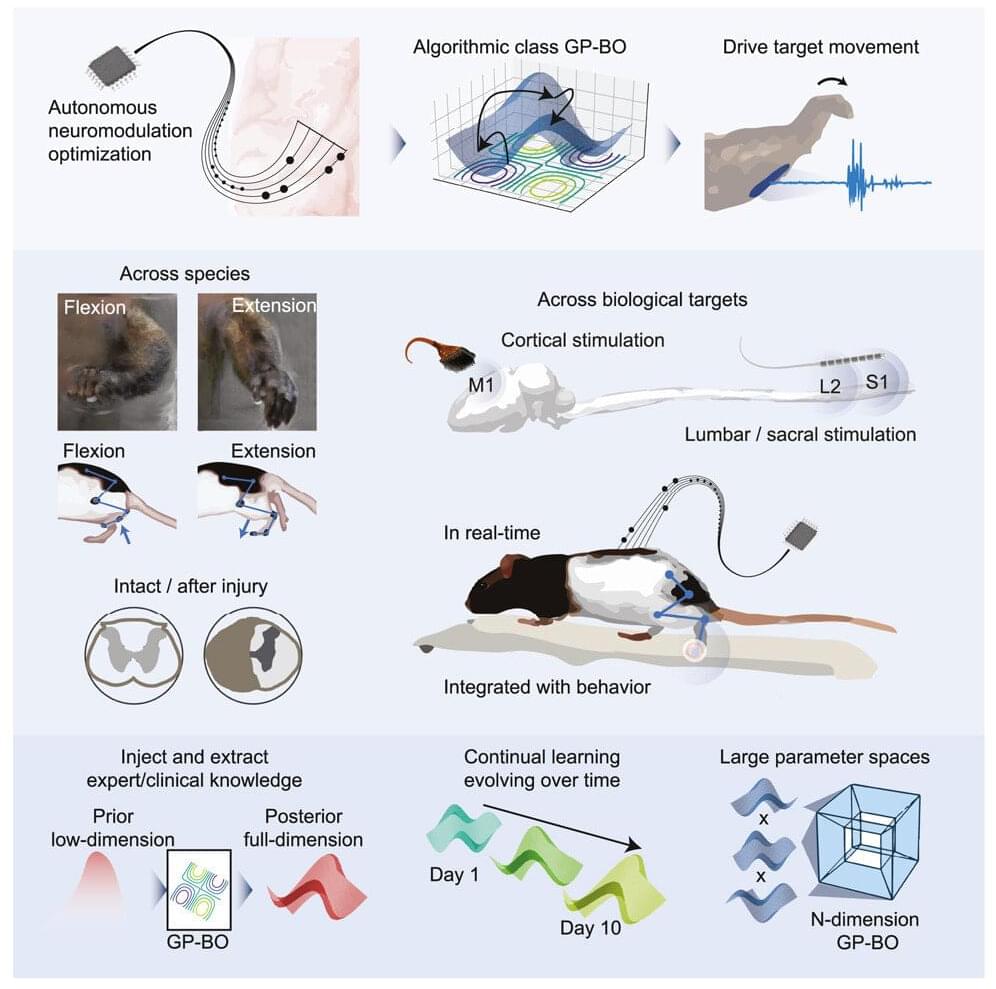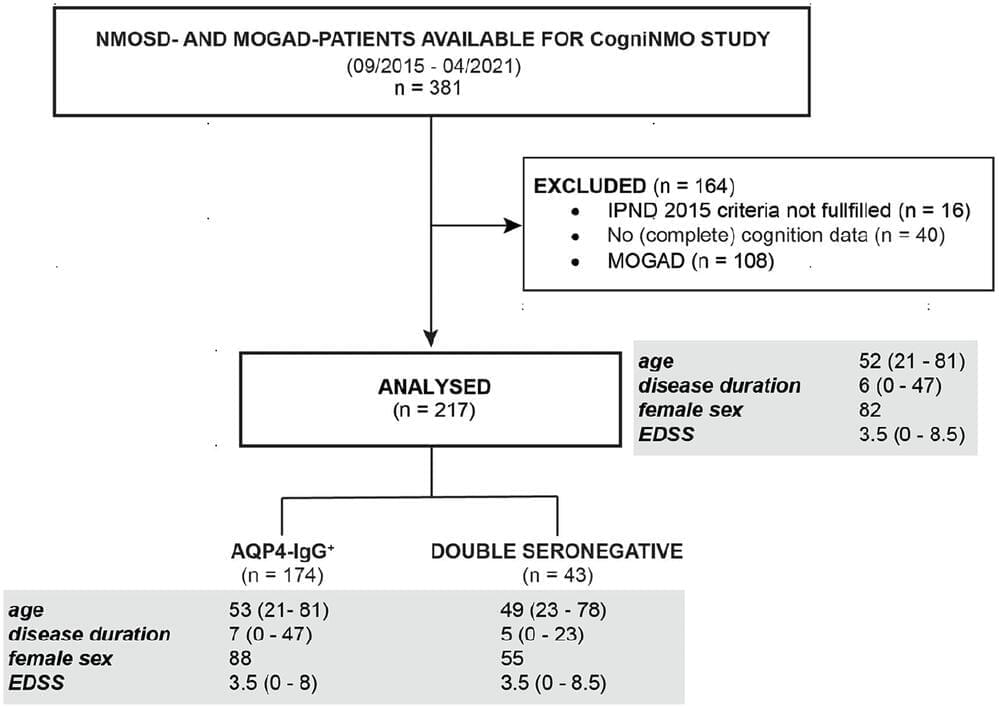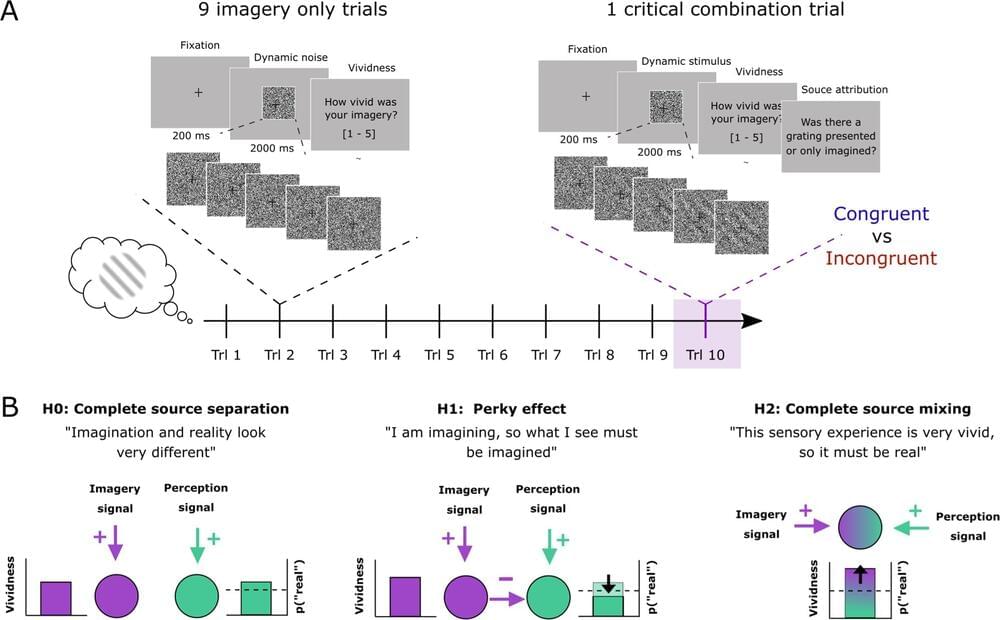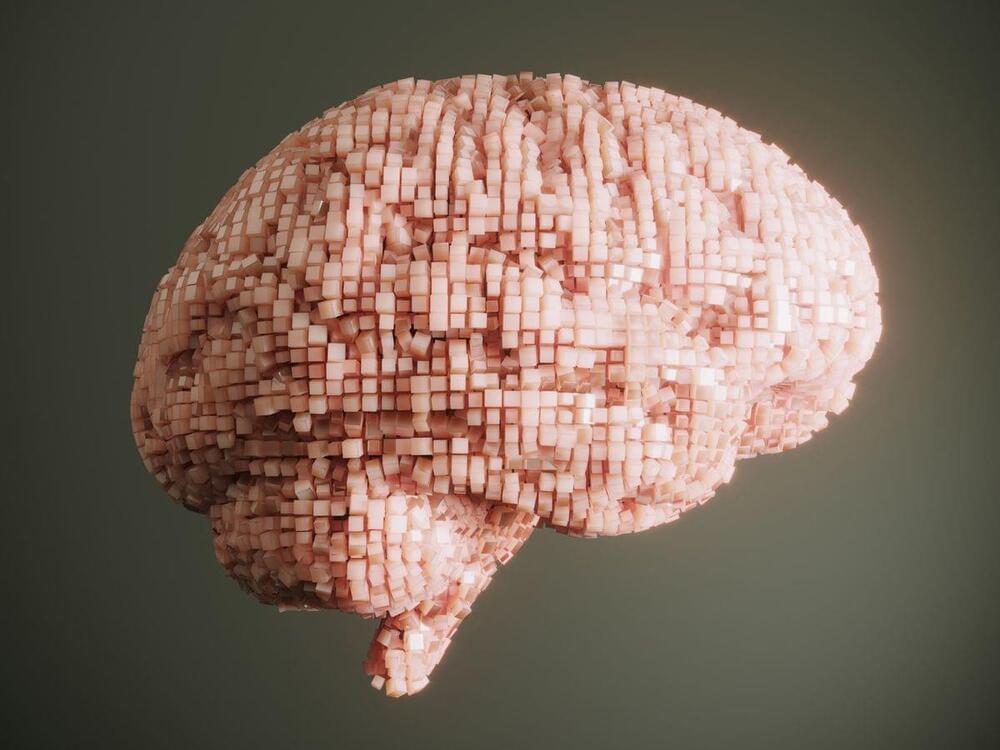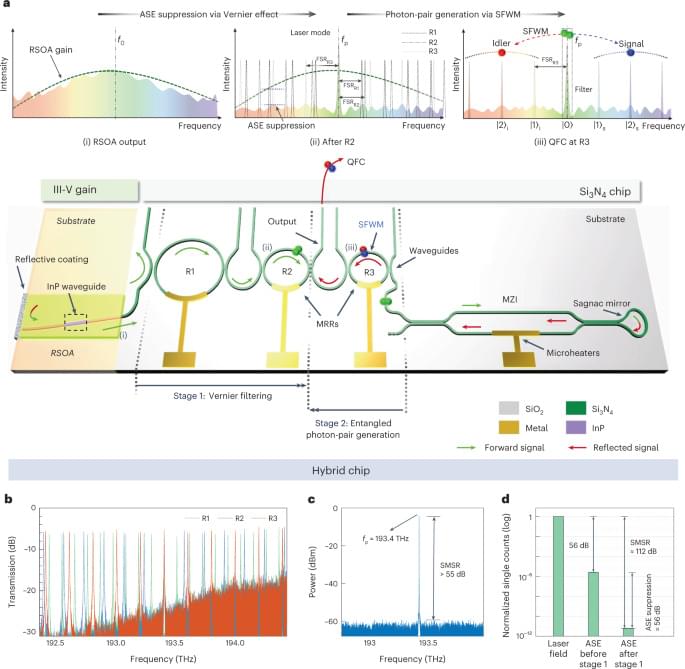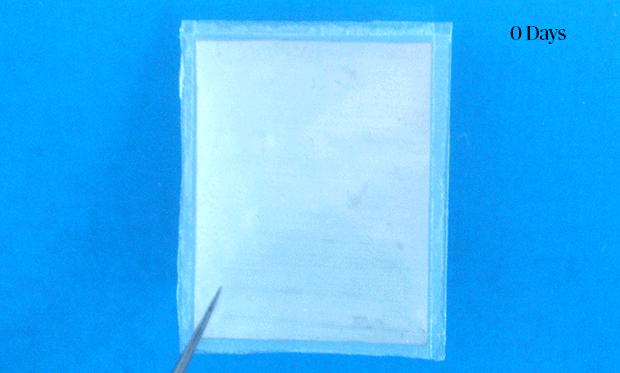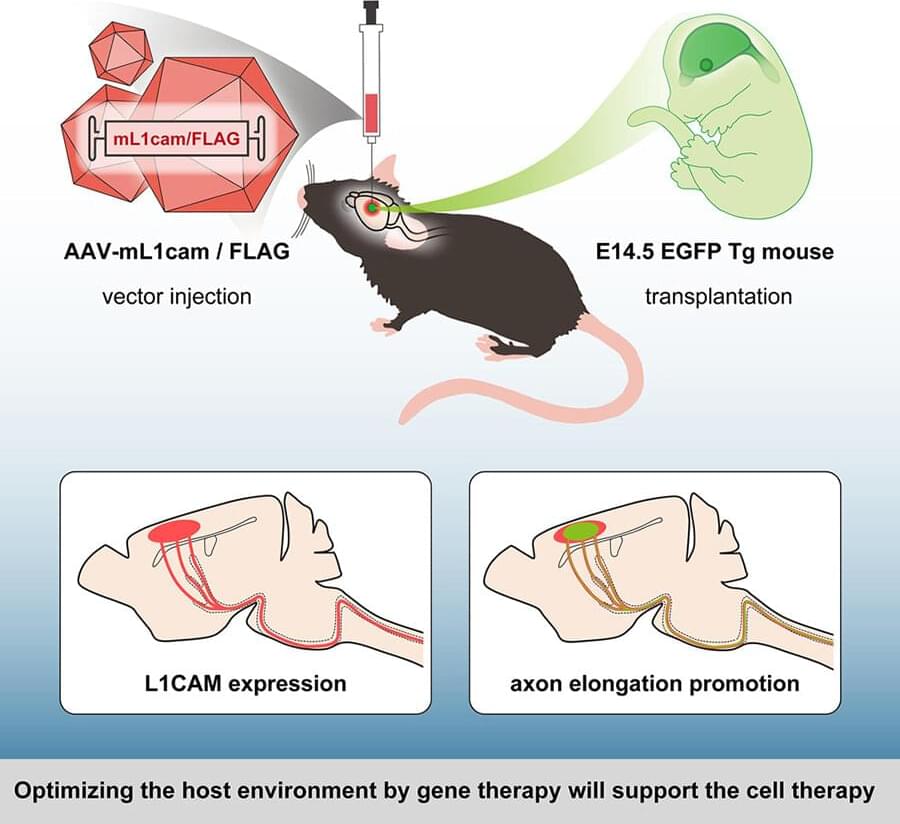Apr 23, 2023
Using intelligent neuroprostheses to treat motor disorders
Posted by Dan Breeden in category: robotics/AI
Scientists have long studied neurostimulation to treat paralysis and sensory deficits caused by strokes and spinal cord injuries, which in Canada affect some 380,000 people across the country.
A new study published in the journal Cell Reports Medicine demonstrates the possibility of autonomously optimizing the stimulation parameters of prostheses implanted in the brains of animals, without human intervention.
The work was done at Université de Montréal by neuroscience professors Marco Bonizzato, Numa Dancause and Marina Martinez, in collaboration with mathematics professor and Mila researcher Guillaume Lajoie.
